One of the best known of Jung’s concepts is the archetype. Understanding the concept of archetypes is not simple because you cannot touch or see them. Jung said, “[T]hey can be recognized only from the effects they produce.” [“A Psychological Approach to the Trinity,” CW 11, par. 222, note 2.] 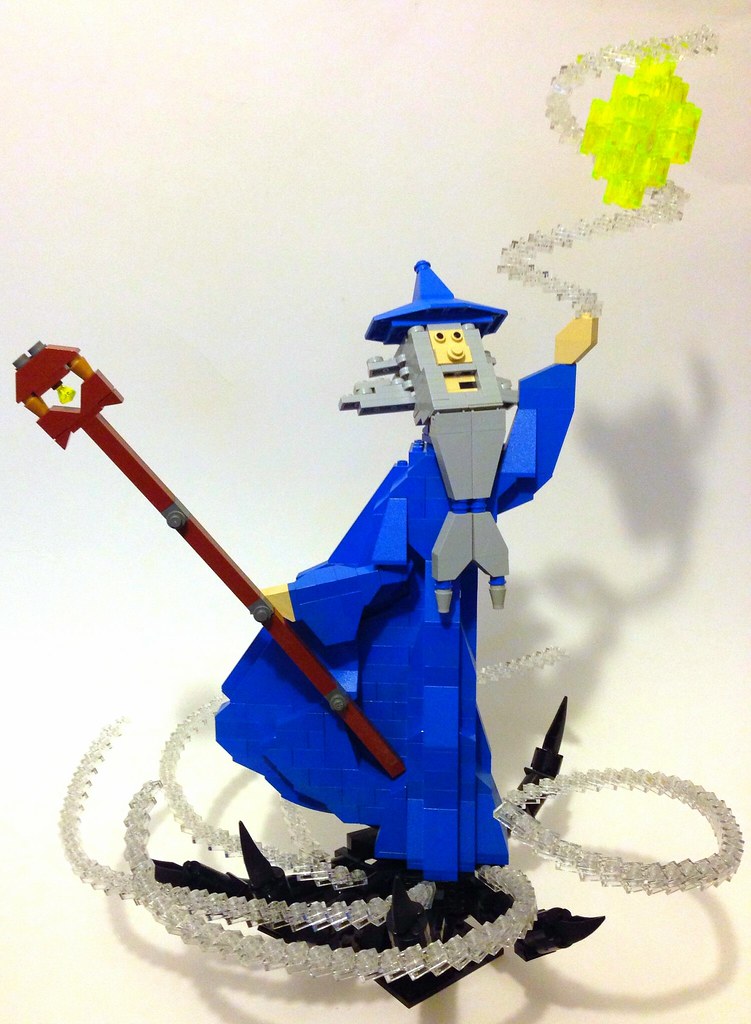
Jung described archetypes as “… systems of readiness for action, and at the same time images and emotions. They are inherited with the brain structure – indeed they are its psychic aspect.” [“Mind and Earth,” CW 10, par. 53.]
“It is not … a question” Jung wrote, “of inherited ideas but of inherited possibilities of ideas. [“Concerning the Archetypes and the Anima Concept,” CW 9i, par. 136].  Archetypes are collective; “the effects they produce” are individual (according to Jung). So how can we show that they exist and what they are?
Archetypes are collective; “the effects they produce” are individual (according to Jung). So how can we show that they exist and what they are?
In a famous experiment, newborn baby bird chicks were separated from their mothers as soon as they were born so that they could not yet have been taught anything and could not yet have learned anything from experience. The researchers then flew over their heads cardboard cutouts of a bird that is not a predator of these little chicks, and they continued to peep for their mother. Then the researchers flew a cardboard cutout of a bird that is a predator of these chicks.  The chicks stopped peeping. The archetype of that predator bird’s shadow was inside each chick at birth, and it set off the behavior of being quiet so as not to be discovered and preyed upon. This image had been passed down because it was important for the animal to survive that the image be in the animals’ brain/mind to touch off the proper behavior when the experience arose. This to me is one of the best examples of both how archetypes act and proof that they exist.
The chicks stopped peeping. The archetype of that predator bird’s shadow was inside each chick at birth, and it set off the behavior of being quiet so as not to be discovered and preyed upon. This image had been passed down because it was important for the animal to survive that the image be in the animals’ brain/mind to touch off the proper behavior when the experience arose. This to me is one of the best examples of both how archetypes act and proof that they exist.


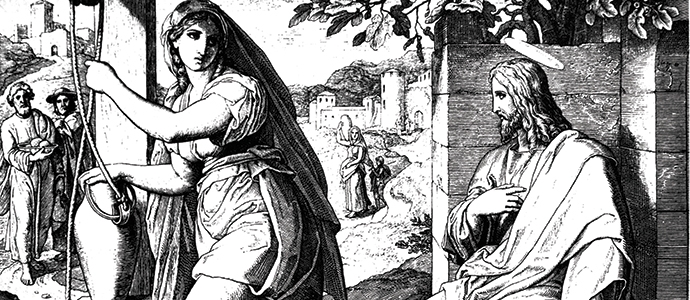

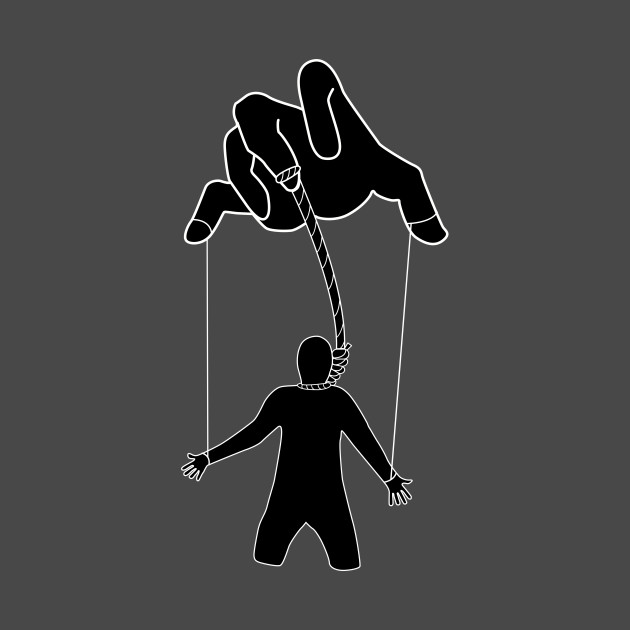 But by amplifying the images in our dreams and imagination and words, we can “figure out” what is going on psychically in our lives.
But by amplifying the images in our dreams and imagination and words, we can “figure out” what is going on psychically in our lives.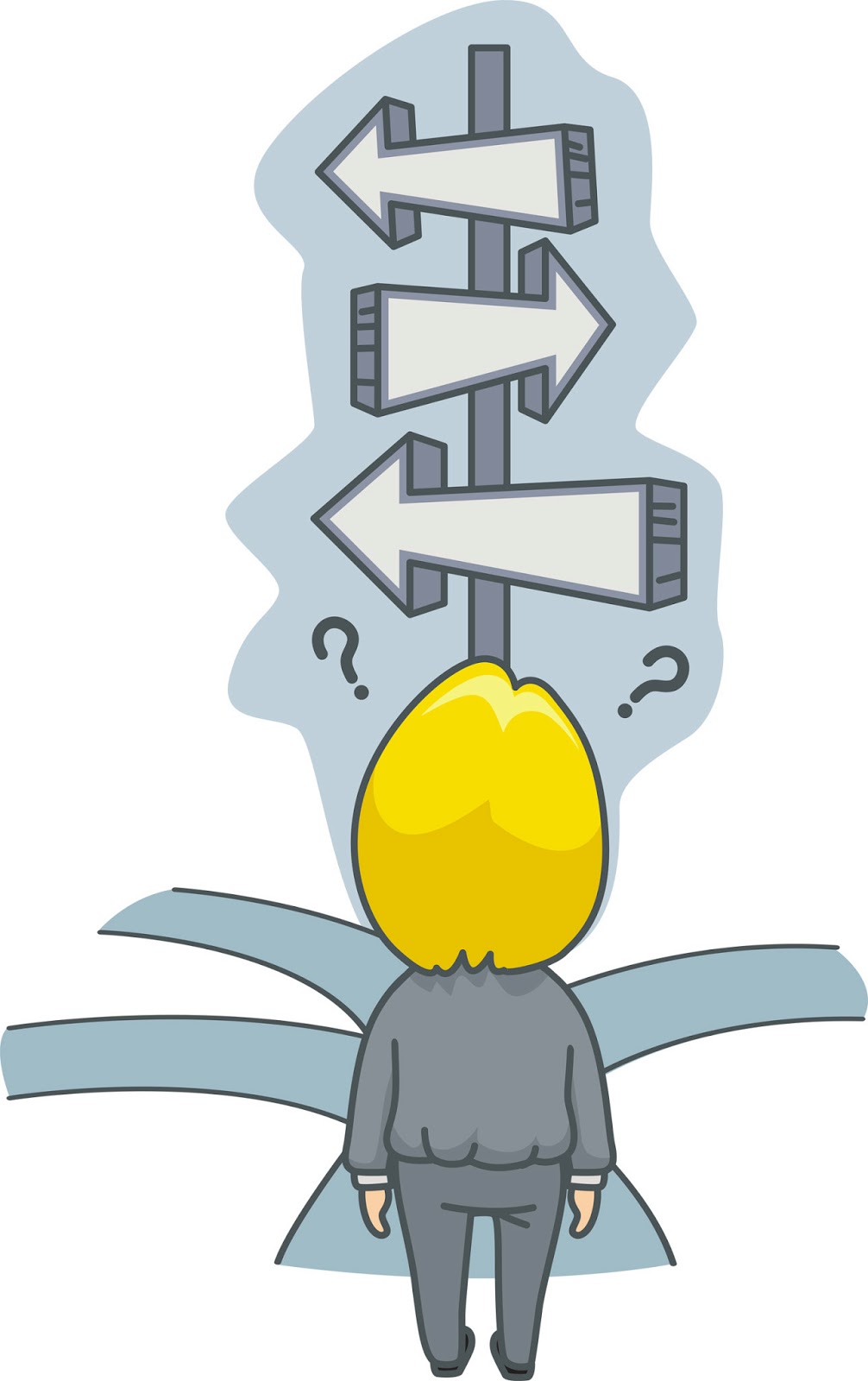

 like the rabbit in Alice in Wonderland. Are you worried about being late to a specific appointment that week? Or late to doing something to save your marriage? Or late to writing that Great American Novel you were always planning to write?
like the rabbit in Alice in Wonderland. Are you worried about being late to a specific appointment that week? Or late to doing something to save your marriage? Or late to writing that Great American Novel you were always planning to write?  By starting with a seemingly trivial image from your daily life, amplification can help you learn what the psyche/soul is really worried about.
By starting with a seemingly trivial image from your daily life, amplification can help you learn what the psyche/soul is really worried about.
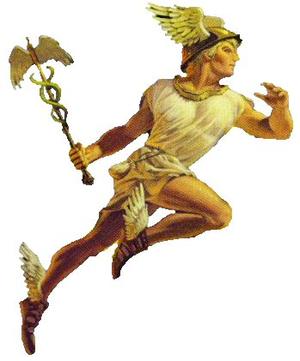 Peter Pan, who escapes into a fantasyland;
Peter Pan, who escapes into a fantasyland;  Icarus, who was warned not to fly too close to the sun with his feather wings held together with wax, but did and fell;
Icarus, who was warned not to fly too close to the sun with his feather wings held together with wax, but did and fell;  the Little Prince, who lives on a distant planet and meets an aviator;
the Little Prince, who lives on a distant planet and meets an aviator;  etc. In its positive aspects, the puer is able to create lots of new things and helps in transformations of other people and things into new manifestations. Hermes invented the lyre (forerunner of guitars) out of a turtle.
etc. In its positive aspects, the puer is able to create lots of new things and helps in transformations of other people and things into new manifestations. Hermes invented the lyre (forerunner of guitars) out of a turtle.  The archetype is also the messenger of the gods or bridge to God (psychopomp). Hermes/Mercury also has a symbol associated with the healing arts and with commerce: the caduceus, a staff entwined by two snakes.
The archetype is also the messenger of the gods or bridge to God (psychopomp). Hermes/Mercury also has a symbol associated with the healing arts and with commerce: the caduceus, a staff entwined by two snakes.  He happened upon two snakes fighting or copulating (depending on the version) and separated them with a staff, then rejoined them with the staff. So he was associated with healing and bringing peace and also with ambiguous sexual identity.
He happened upon two snakes fighting or copulating (depending on the version) and separated them with a staff, then rejoined them with the staff. So he was associated with healing and bringing peace and also with ambiguous sexual identity.